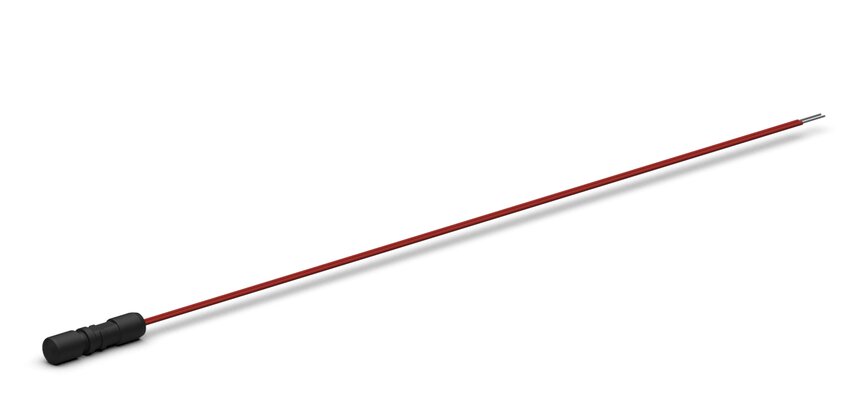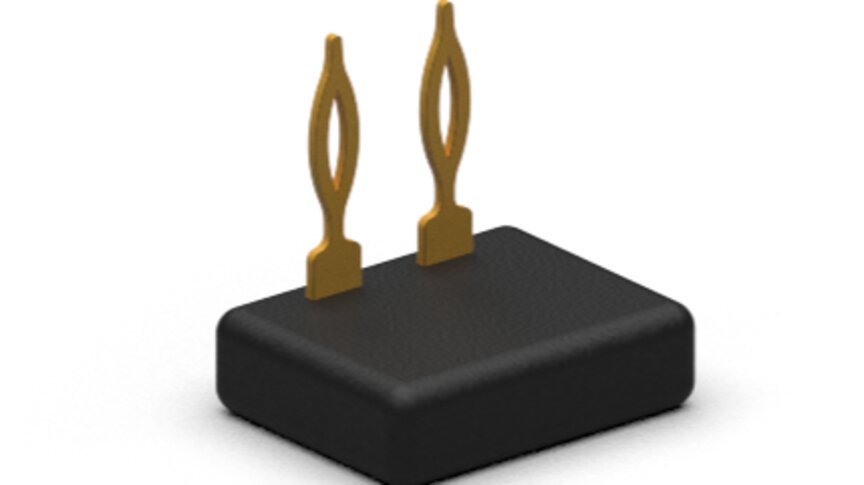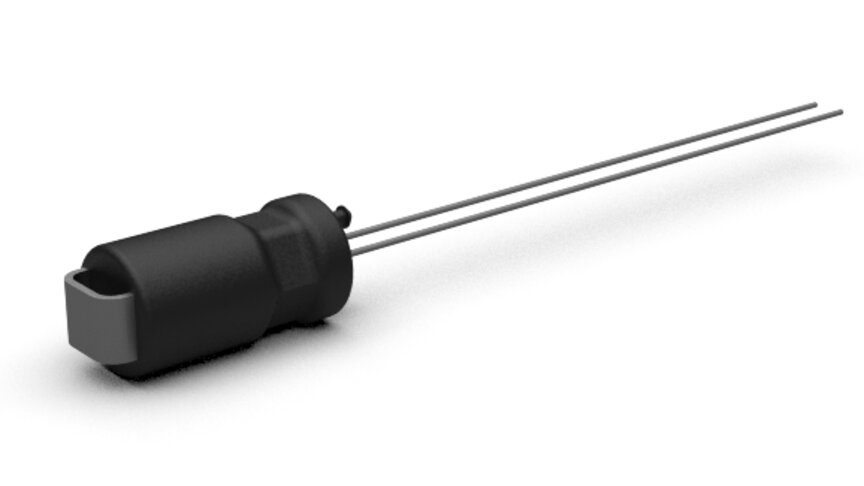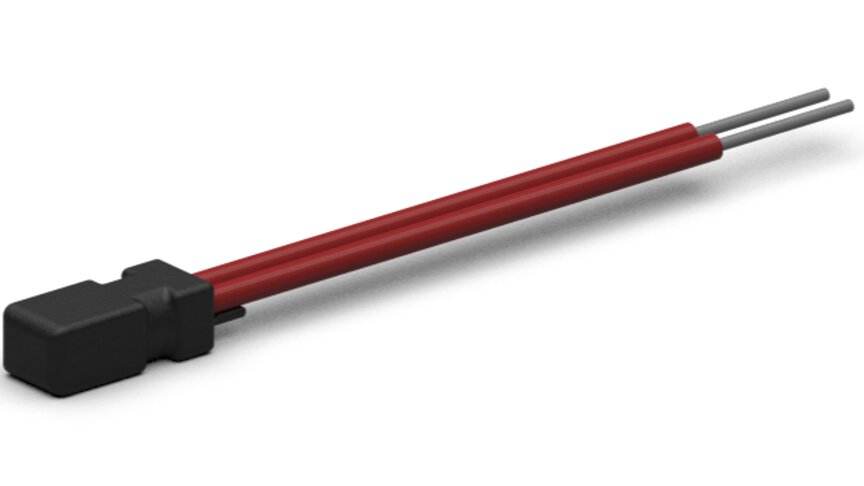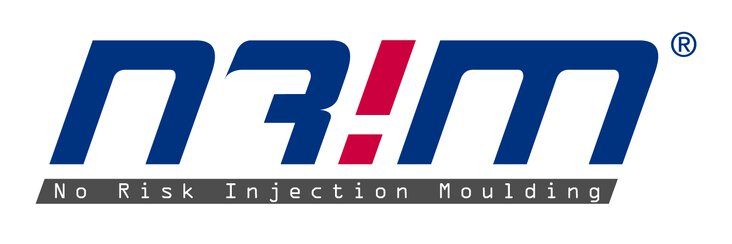

Ideal combination of injection molding and thermal sensor technology
The merkapSOR brand stands for our expertise in sensor development and manufacturing using the automated injection molding process. It is derived from polymer, encapsulated and sensor. The solutions offered under the brand completely integrate analog and/or digital sensor technology into functional thermoplastic enclosures. Thus, our product solutions are characterized by new properties:

Logo merkapSOR
Design freedom:
The injection molding process means that we are not bound by the usual designs of metallic sensors when designing the sensor.
No air pockets:
By using the process-safe injection molding method, we ensure that there is no air inside the sensor in the finished sensor. This also prevents condensation problems in the sensor.
Weight saving:
Plastic is lighter than metal.
Vibration resistant:
Due to a low mass and a sufficiently high stiffness in all three spatial directions, the natural frequency of our sensors is high. Thus, our temperature sensors are extremely resistant to vibration and shock.
Thermal conductivity:
We have many polymers with different thermal properties. Generally, the thermal conductivity values are in the range of 2 to 15 W/m*K. In particular, the combination of polymers with good thermal conductivity around the measuring element with a polymer with poor thermal conductivity for adaptation to the installation environment significantly increases the accuracy of the measurement results.
Chemical resistance:
We use base polymers from the field of thermoplastics, which already have very good chemical resistance.
Lead-free:
Due to the elimination of metals, our sensor solutions are "lead-free" and can also be used in food and drinking water applications thanks to approved materials.
Insulation resistance:
Our thermoplastics have excellent electrical insulation properties. As a result, our designs achieve high withstand voltages of several kilovolts (kV) even with thin wall thicknesses. In addition, very good impulse withstand voltages can be achieved. Thus, we obtain high insulation values.
Partial discharge:
In our sensors, partial discharge measurement during type and routine testing is used to evaluate the insulation system within a sensor and its behavior with respect to the environment. Due to the compact encapsulation, we achieve with our sensors that partial discharges are not or hardly perceptible.
Measuring element position:
In our designs, the measuring elements in the finished temperature sensor are always in the same position relative to the heat source with the same design. We achieve this through the reproducible injection molding process and the individual interior design.
Contacting:
The contacting methods between the measuring element and the connecting leads are varied and are designed individually. In the case of wired measuring elements, welded or laser-welded connections are the primary method. In the case of SMD (Surface-Mounted Device) measuring elements, overmolding takes place with Flex-PCB (Printed Circuit Board) and suitable soldering processes.
Redundancy:
The construction of redundant concepts is possible.
Mounting threads:
All types of threads can also be injection molded in our sensor solutions. However, our designers often also look for alternative and economically more interesting fastening methods, e.g. plug-in latching systems, in consultation with the customer.
Connectors:
It is possible to mold suitable connectors, e.g. automotive connectors, directly onto the sensor.
Customer installation situation:
Preferably, our sensors are developed in such a way that the functional and spatial integration into the customer application is taken into account. The customer assembly thus becomes the sensor. Thus, it is often possible to measure in places where there would normally be no room for a sensor to be adapted.
Measuring and monitoring:
We have the possibility to integrate monitoring sensors in addition to the temperature sensor. These can be, for example, thermoswitches that react accordingly when a too high temperature is reached.
Digitalization:
In addition to the implementation with classic measuring elements (preferably platinum measuring resistors Pt100/Pt1000, NTC and PTC), the use of digital temperature sensors is also possible. In this case, digital output signals are available for connection to BUS systems, e.g. I²C, SPI or CAN.
Protection class:
Our polymer sensors achieve high protection classes. Here it is important to combine the suitable polymers with the appropriate sheath materials of the cables. We also offer solutions with inserted sealing rings, which thus ensure a high protection class.
Innovative strength at PGT
In order to achieve these characteristics, the brand has acquired the knowledge of
- a creative and innovative product design with optimal use of installation space,
- the modification and combination of different thermoplastic materials by additives,
- the ability to simulate the application by FEM (Finite Element Method) in the field of thermal and fluidic behavior,
- the ability to implement injection molding technology cost-effectively by using the trademarked NR!M© injection molding tool and hot runner technology,
- and the automation of the individual manufacturing steps including automated QM tests
united.
Do you have any questions? Get in touch!
- ${title}${badge}
